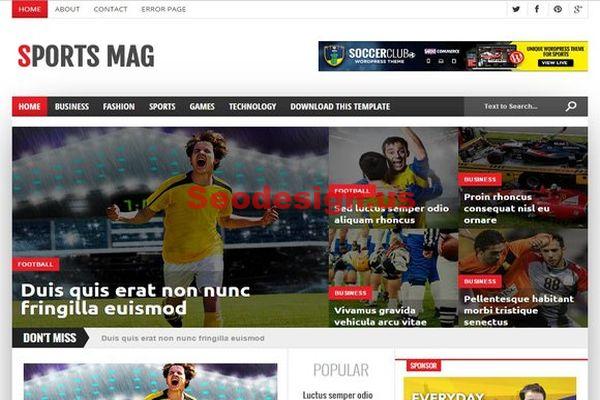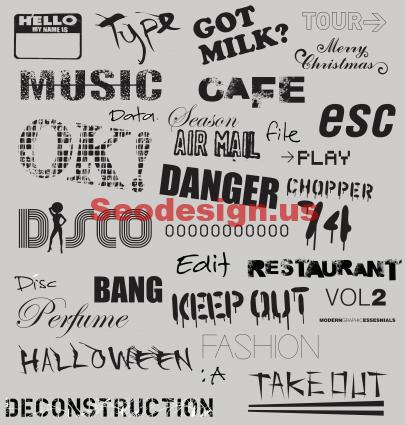The power and pervasiveness of info-graphics is all around us. We live in a world, where it sometimes seems that putting letters into sequences to form words will soon become unnecessary. It is as if we were returning to hieroglyphics. You might even saythat Egyptians circa 4,000 BC simply knew a good thing when they saw one.
There are several ways to describe the power of info-graphics, and one of them is simply the circle with the cross and the circle with the arrow used to designate woman and men.
If you know those signs, any bathroom door with the simple graphic display can tell you if you are entering the woman’s lavatory or the men’s room. And, while (with respect and apologies to our Hispanic friends and others) that may not be useful in a largely one-language culture like we have in the United State. In Europe and Asia language confusion can be a day-to-day problem. Which bathroom do you choose if you are a French woman in Greece? Or a Greek woman in France? And what about the United Nations or at an international airport? Like Alexander the Great slicing a sword through the Gordian Knot, one info-graphic display quickly cuts through every language barrier the United Nations or a prestigious airport has to offer. Just two simple symbols recognized by all can sort out confusion at the lavatories.
You can find graphic designers at major newspapers and magazines and at corporations with a wide variety of similar information to share. Government agencies require graphic designers to share data and advice. The demand for graphic designers, according to the Department of Labor Statistics, is expected to grow 7 percent through 2022 from the current 259,000 working in the country today.
General requirements include a bachelors degree, largely because on the job training is almost non-existent.
Here’s another example showing the power of info-graphics to cut through barriers. Remember those sentences in which a simple drawing of an eye stands for the word “I” and a heart stands for the word “love.” Any number of bumper stickers make use of this formula. Even the ubiquitous smiley face is an almost universally accepted info-graphic that is slapped on buttons and bumper stickers with wide-spread appeal.
Of course, info-graphics can go stratospherically into far more complicated information than a flat hand for “halt” or a smiley face for “be happy.”
Another quick, but clever, example includes a line of simple, clip-art drawings that include a cow, a fish, a crab, a loaf of bread, two wedges of cheese – one soft and one hard – and a cupcake.

Under that row of symbols are bottles colored to show the variations of wine from the whites the dark red varieties and, as you may have guessed, simple lines are drawn from each wine variety to the symbol of foods in the top line to let people know what wines generally match up well with the various foods.
How easy – or hard – would that be to explain in a narrative form? It could be done, of course, but in truth, people get tired of reading. Even a simple list of wines and corresponding foods all written out might lose its audience quickly, unless that reader was willing to put in the work of reading the text.
One step up in terms of complications might be subway maps in major cities that have color-coordinated routes. Boston has long had success with such a map. Major street names are spelled out, but someone with very little English to speak of can negotiate Boston’s map, which highlights the Green Line, the Blue Line, the Red Line and the Orange Line. If you can’t read street names, each stop is designated by a white dot in the colored lines.
Now that we’ve established what info-graphics can do, let’s try defining info-graphics in terms of old school and new school By example, hieroglyphics is decidedly old school. The bar graph in a math text book is old school The graph showing what happens at various temperatures to an element over time that is found in a child’s science text book is old school. So is the time-line graph that shows the earth forming on the left and then marks each evolutionary stage of the planet until the present day.
That’s old school, because all of those can be displayed on a flat piece of paper or a chalkboard.
Nowadays, more and more people get their information from a computer or a television screen. That means, info-graphics have catapulted from just sitting on a page to coming alive. Symbols now come and go. Graphs can grow or shrink before your eyes. In a word, info-graphics are no longer stagnant. They are animated.
This is where a college degree comes in very handy. The Animation Career Review simply states that you start your career in info-graphics with a degree in communications design. These can be earned online, but a graphic design degree from Platt or another credible college is also recommended, the ACR said
Historians have traced the history of graphs and bar codes. The first bar code, for example, appeared in a 14th Century text called “The Latitude of Forms,” by Nicole Oresme. In the text, Oresme describes the speed of an object in the vertical scale and time on the horizontal scale by drawing bars next to each other – an early bar code graph – an info-graphic.
With computer animation, that graph can now float through space, move, change shape, chance color, and recalibrate data all with the idea that information can now be communicated with symbols instead of words.
Does this mean people are becoming lazier? For my money, I don’t believe that is true.
What is happening is that science is expanding in every direction in quantum leaps. As our knowledge grows, our ability to put together more and more complicated concepts also grows.
With this in mind, there is more information every day that needs to be shared. Psychologists, educators and others surmise that we will have less time to learn the basic items that used to be taught in school. To make up the difference, many assume we will have to teach people where to get information when they need it and how to access that when the time comes. Instead of teaching the periodic table, in other words, people will be taught how to find it when it matters.
That would be in the library. You find that by looking for the signs with the symbol of an open book and following the arrows that tell you where to go.





